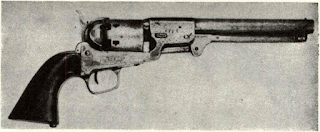The factory that the Rigdon Guards fought to save
Because Colonel E. C. Grier, Griswold’s son-in-law,
Years ago it was assumed by collectors that the
Because Colonel E. C. Grier, Griswold’s son-in-law,
Years ago it was assumed by collectors that the

Comments
Post a Comment